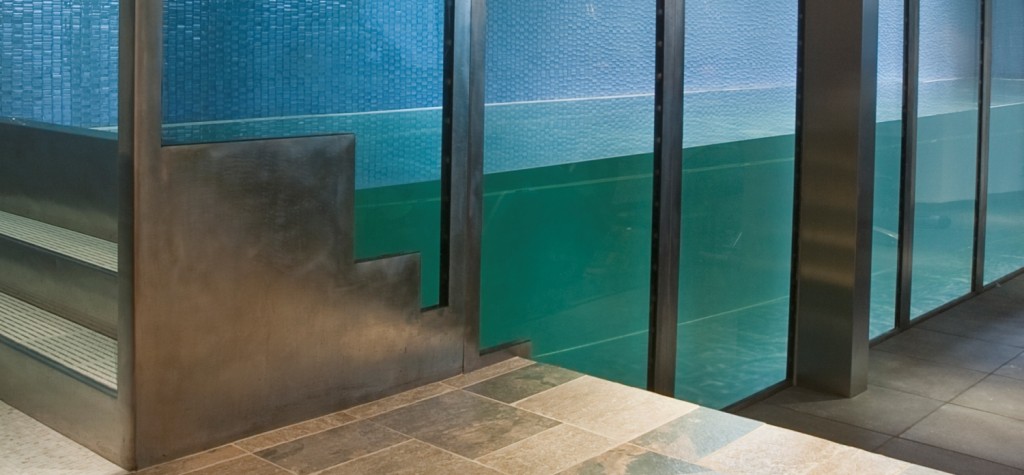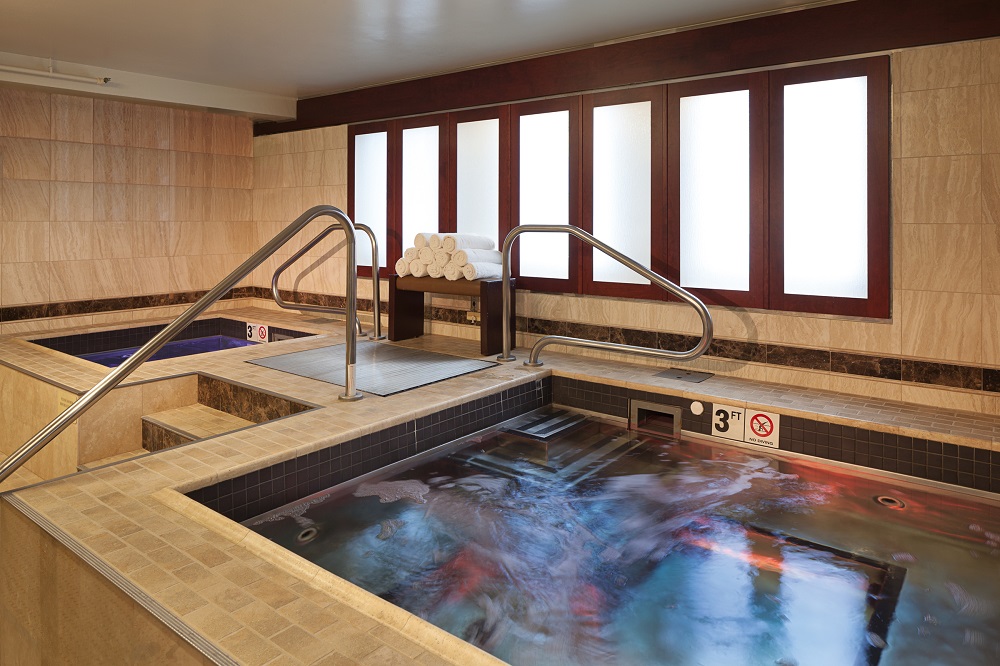
Crypto. also known as Cryptosporidium. The CDC defines it as”one of the leading causes of waterborne disease, or disease caused by contaminated drinking water or recreational water. Recreational water is water from swimming pools, luxury hot tubs, fountains, lakes, rivers, springs, ponds, or streams that can be contaminated with sewage or feces from humans or animals”. Crypto causes diarrhea. This germ is found in the fecal matter of a person who has been infected by Crypto. It has a tough outer shell that allows it to survive for a long time in the environment. It can survive for days even in properly chlorinated pools.
Pool & Spa News wrote a great article on UV vs Ozone. Read it in its entirety here.
Technically speaking, a chlorine range of 2- to 5 parts per million should be able to handle common recreational water illnesses, such as pseudomonas aeruginosa, e. coli, staphylococcus aureus, and giardia. However, cryptosporidium parvum is highly chlorine-resistant. According to the National Swimming Pool Foundation’s Pool & Spa Operator Handbook, it takes 20 ppm of chlorine at 12.75 hours to inactivate crypto. Studies have determined that two secondary disinfection systems, ozone and ultraviolet, are capable of inactivating crypto at a 99.9 percent kill rate.
Yet, there remains some confusion and misunderstanding about ozone and UV systems. Understanding these secondary disinfection systems is critical because people continue to contract bacterial infections from swimming pools and spas. Recreational water illnesses remain the No. 1 health risk plaguing the aquatic industry.
RWIs are disease-causing germs which are introduced into the water by users due to lack of bather cleanliness. Crypto, a parasite, spreads through diarrhea from infected humans (or other mammals) and is highly resistant to chlorine disinfectants commonly used in swimming pools and spas. In addition to RWIs, the industry is studying the serious effects of disinfection by-products, which are formed when chlorine reacts with organic material in pool waters, creating chloramines. Chloramines cause foul odors, irritation of the skin, eyes and ears, asthma, and can damage indoor-air handling systems.

Ozone
There are two methods of ozone production: corona discharge and ultraviolet. Either method must be introduced into the circulation system downstream from all operating equipment and before the injection point of the residual disinfectant. Corona discharge generators produce a much higher concentration and quantity of ozone as compared to the ultraviolet ozone generators. The corona discharge method utilizes electrical voltage. As the air is exposed to the current, a ring of energy is created which looks like a crown (corona). As the air flows through the corona, the oxygen molecules are split apart and then combine back to form O3. These systems are designed so that when the pump is turned off, the ozonation process ceases.
Want to know more about Ozone, find it here.
UV systems
UV sanitation systems eliminate chlorine-resistant microorganisms at a kill rate of 99.9 percent, similar to ozone systems. The technology of UV systems is based on the production of UV radiation inside a light chamber by way of a powerful lamp, comparable to a standard fluorescent lamp. This lamp radiates a germicidal UV light that is used to disinfect pool and spa water. The UV system causes permanent damage to a number of microorganisms as the water circulates through the light chamber. The process attacks the microorganism’s DNA — protozoans, viruses and bacteria are unable to reproduce and remain inactive.
The benefits of UV systems include improved air and water quality, reduction in asthma and other respiratory illnesses found in swimmers, lifeguards and other frequent pool users. UV systems also are approved as a secondary disinfection by various state and local codes when installed on interactive water features, swim spas and in other low pool volume/high bather load environments.
Want to know more about UV systems, find it here.
